 Who:
Who:
Troy H. Stapelton, from Ann Court in Fairfield, OH, died on Thursday at around 8:35 AM, 5/29/14, when his 2011-era Toyota Prius was hit in a side impact at Ohio 747 and Port Union Road in West Chester Township, Ohio. He was hit by a 2007 Chevrolet Avalanche driven by Terrance R. Strader, 32.
How:
Strader rear-ended a southbound blue Honda Civic driven by Christy Martin, 53, at Mackenzie Court and Ohio 747. She was only mildly injured. Strader then fled the scene, ran a red light at Port Union and Ohio 747, and impacted the Prius in the driver’s side as the Prius tried to turn left from Port Union Rd to Ohio 747. Stapelton died at the scene, while Strader required extrication and was hospitalized. Neither wore a seat belt. Stapelton drove a work vehicle, Universal Transportation Systems. Police stated that, based on vehicle damage, speed was believed to be a factor. Lt. Barry Walker from the West Chester Police Dept. stated “This was a very high-speed collision.” Strader, per news reports, had previously been involved in a major crash two years ago.
Why:
This is another sad case resulting from speeding, which is implicated in 1 out of every 3 auto deaths in the US. It is also a fatality that resulted from a failure to yield at a red light, and a fatality that resulted from someone who committed a hit and run, all in the span of a few minutes. Sadly, it’s also a crash that became more severe because the victim did not wear a seat belt.
The 2011-era Prius weighs ~3064 lbs and has a “good” side score. It comes with head and torso side airbags in the front seats. Its structural subscore was “acceptable.” The 2007 Avalanche, which is based on the Silverado, weighs ~5990 lbs.
Given the likely speeds of the collision (I’ll estimate ~55 mph, or 10 mph above
the 45 mph PSL), the collision likely imparted at least 821KJ of energy into the Prius / Avalanche. The standard side impact test simulates 143KJ of energy (a 3300-lb sled impacting a vehicle at 31 mph). In other words, the Prius faced 574% of the force it would have experienced in the types of crashes cars are side rated for. It is sadly understandable that the victim succumbed to these forces, especially when he was not safely restrained.
I can’t say wearing his seat belt would have saved Stapelton’s life, but it certainly would have improved his chances significantly. Side airbags are supplementary restraint systems; they are designed to help increase ride down time for individuals who are already restrained with seat belts.
What is absolutely certain is that the collision that led to the fatality occurred because an individual repeatedly chose to break the law while behind the wheels of a 3 ton missile.
If you find the information on car safety, recommended car seats, and car seat reviews on this car seat blog helpful, you can shop through this Amazon link for any purchases, car seat-related or not. Canadians can shop through this link for Canadian purchases.




 Who:
Who:
 Who:
Who:
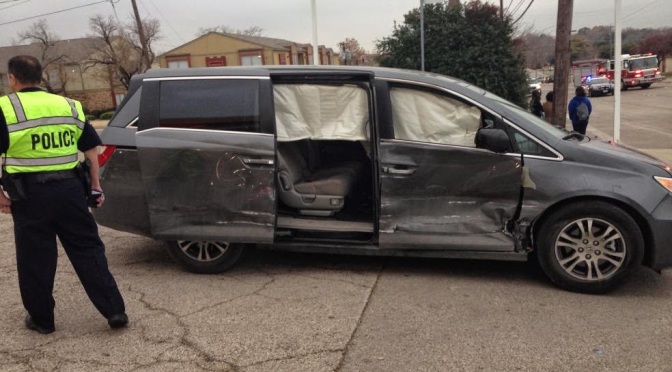
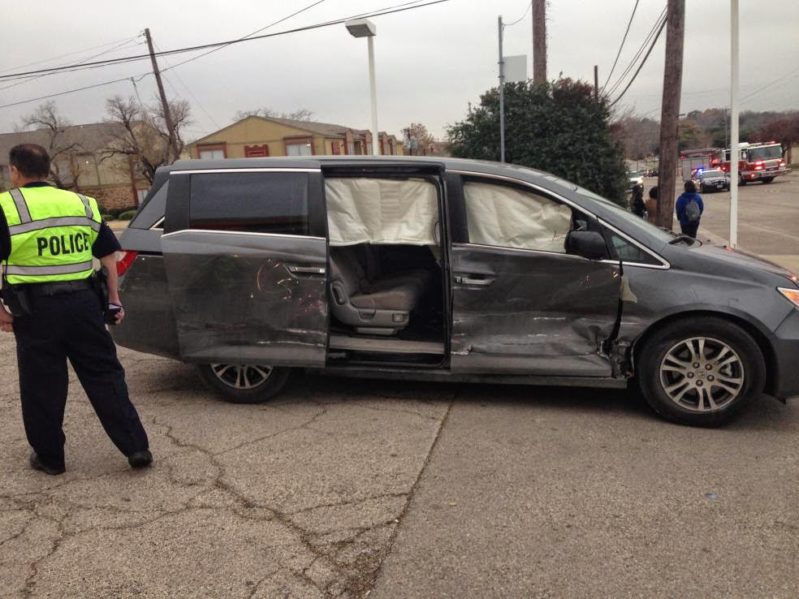
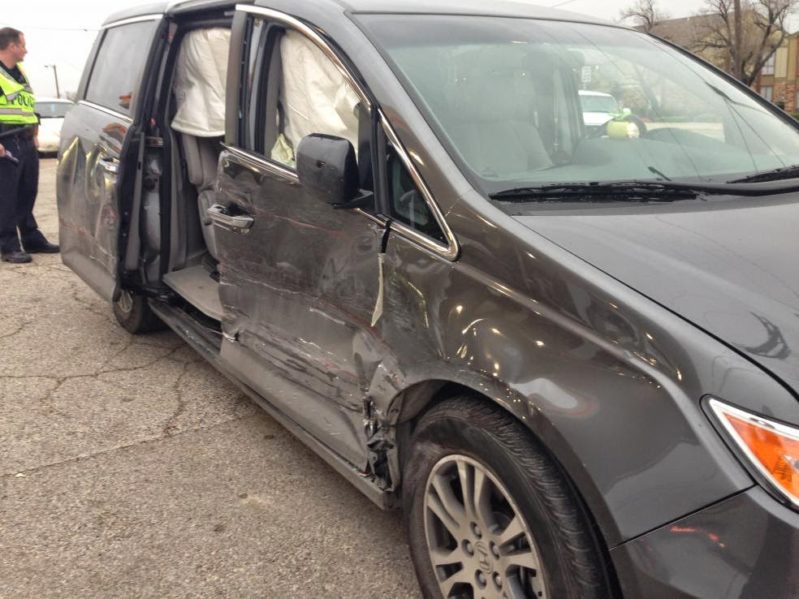 Fortunately, in this case, there were no fatalities. The collision was caused by the failure to yield of the F-150 driver. Fortunately, the relatively low speeds of the collision and the strong structural design of the Odyssey prevented fatalities or serious injuries.
Fortunately, in this case, there were no fatalities. The collision was caused by the failure to yield of the F-150 driver. Fortunately, the relatively low speeds of the collision and the strong structural design of the Odyssey prevented fatalities or serious injuries.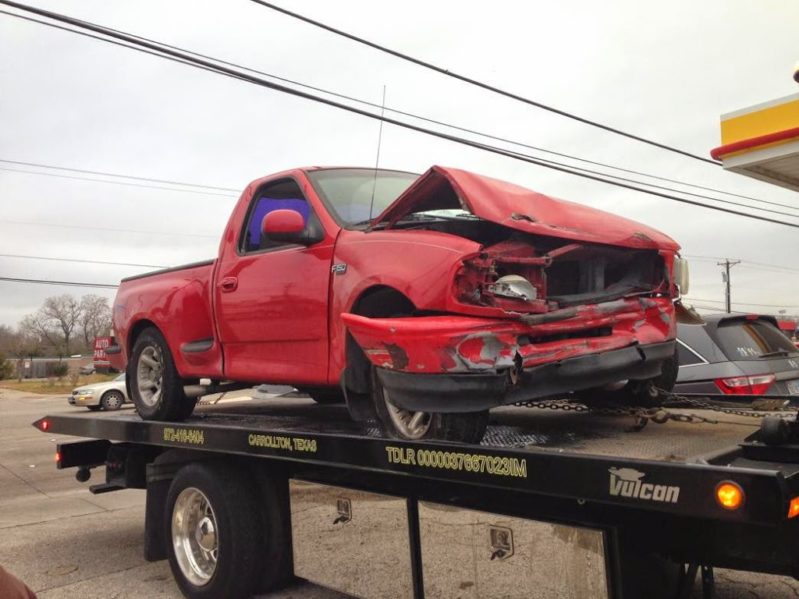 Given the likely speeds of the collision (I’ll estimate ~30 mph, based on front damage to the F-150), the collision likely imparted at least 183KJ of energy into the Odyssey / F-150. The standard side impact test simulates 143KJ of energy (a 3300-lb sled impacting a vehicle at 31 mph). In other words, the Odyssey faced 127% of the force it would have experienced in the types of crashes cars are side rated for. Given these forces and the side score of her vehicle, the Odyssey driver was virtually guaranteed to walk away from this collision, which she did.
Given the likely speeds of the collision (I’ll estimate ~30 mph, based on front damage to the F-150), the collision likely imparted at least 183KJ of energy into the Odyssey / F-150. The standard side impact test simulates 143KJ of energy (a 3300-lb sled impacting a vehicle at 31 mph). In other words, the Odyssey faced 127% of the force it would have experienced in the types of crashes cars are side rated for. Given these forces and the side score of her vehicle, the Odyssey driver was virtually guaranteed to walk away from this collision, which she did.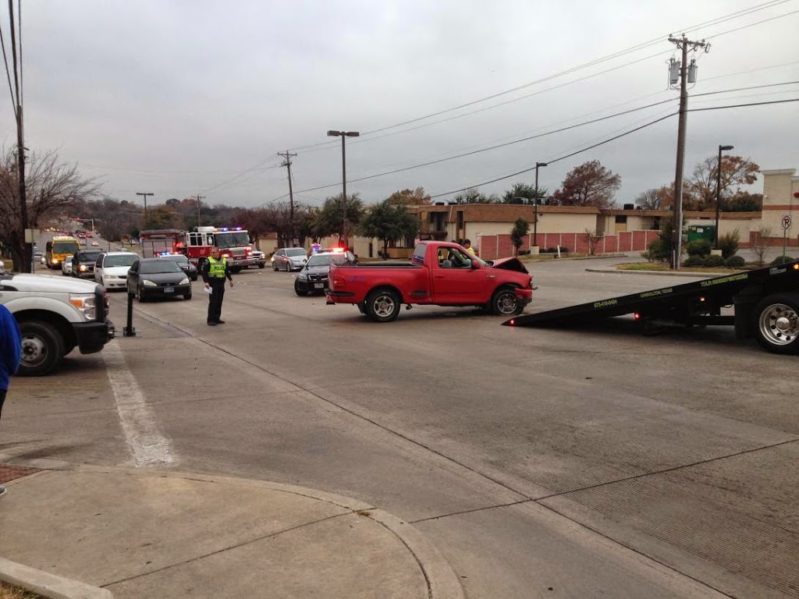 Such a case illustrates the importance of choosing a vehicle with a “good” side impact score. However, it also illustrates the importance of speed in such collisions. Had the F-150 been traveling at only 10 mph faster at 40 mph, it would have imparted nearly twice as much energy into the Odyssey, at 325KJ, despite only traveling 33% faster. I would still have expected the Odyssey driver to have survived such a collision, but in such a collision, she would likely have faced at least minor injuries, and it is quite possible that the F-150 driver would have died, or at least have faced serious injuries, given the poor frontal performance of his vehicle.
Such a case illustrates the importance of choosing a vehicle with a “good” side impact score. However, it also illustrates the importance of speed in such collisions. Had the F-150 been traveling at only 10 mph faster at 40 mph, it would have imparted nearly twice as much energy into the Odyssey, at 325KJ, despite only traveling 33% faster. I would still have expected the Odyssey driver to have survived such a collision, but in such a collision, she would likely have faced at least minor injuries, and it is quite possible that the F-150 driver would have died, or at least have faced serious injuries, given the poor frontal performance of his vehicle.